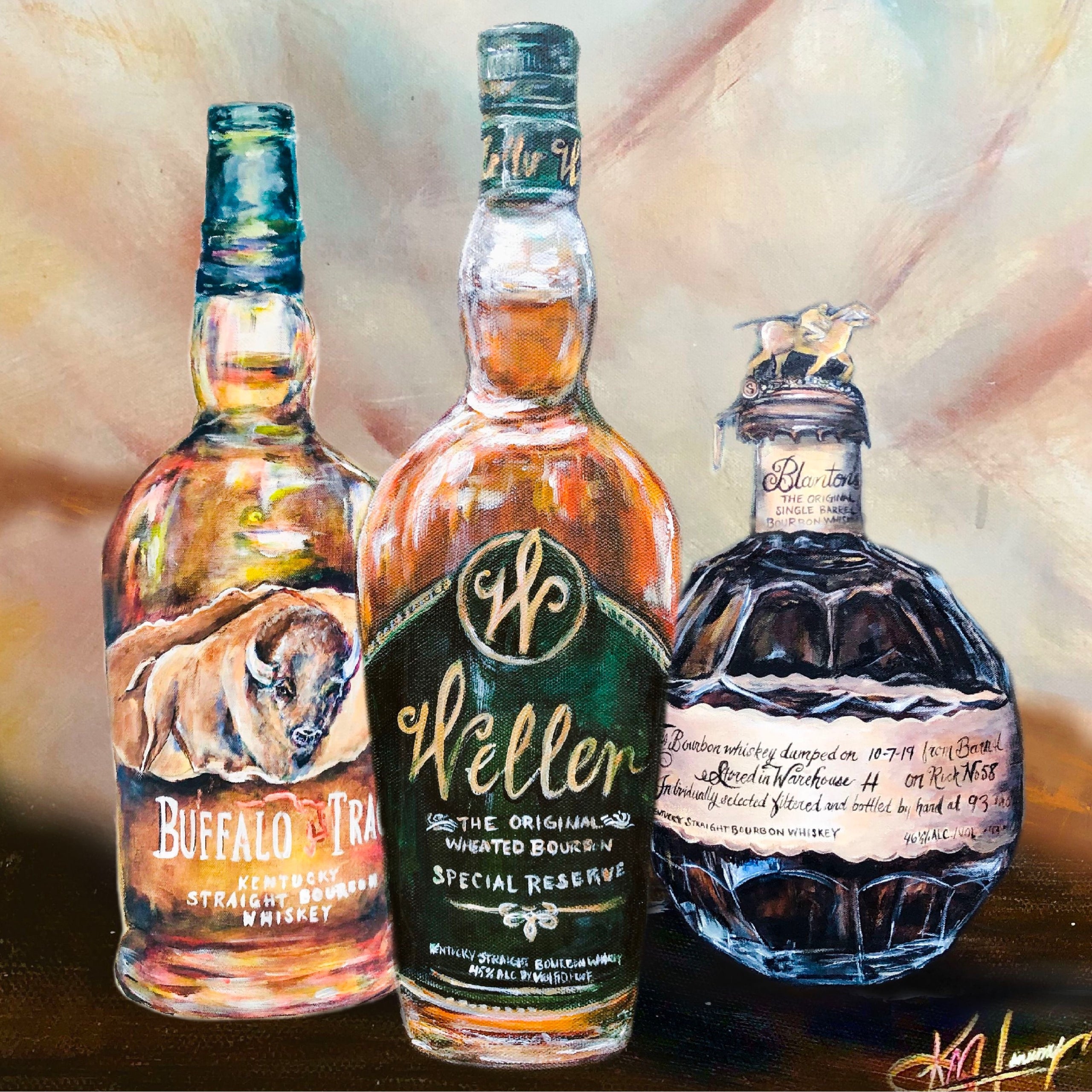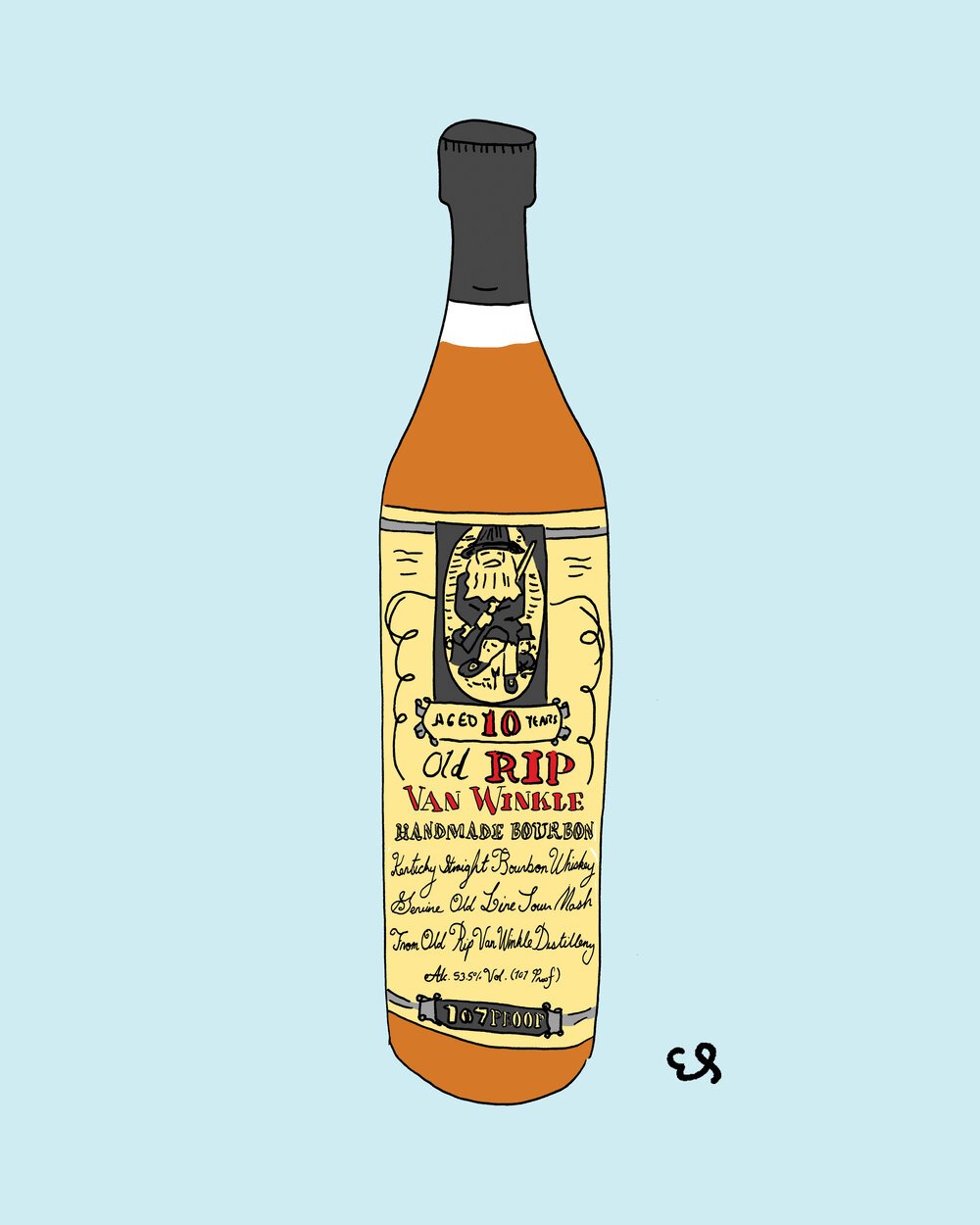Limited Edition: Discover Exclusive Bourbon Art Parts for Collectors
Limited Edition: Discover Exclusive Bourbon Art Parts for Collectors
Blog Article
The Significance of Whiskey Art in Celebrating Heritage and Workmanship in the Beverage Sector
The intricate partnership between whiskey art and the party of heritage and craftsmanship within the beverage sector can not be overstated. Through attentively created bottles and tags, scotch brands envelop their historical origins and the artisanal abilities that define their production approaches.
The Historic Origins of Whiskey
At the heart of whiskey's appeal lies an abundant tapestry of historical roots that map back to old people. The origins of whiskey can be linked to the distillation practices of the Sumerians and Babylonians around 2000 BCE, where very early kinds of fermented grain beverages started to arise. It was in the Middle Ages that the art of distillation evolved significantly, especially in Ireland and Scotland, leading to the production of whiskey as we understand it today.
The term "bourbon" itself originates from the Gaelic word "uisce beatha," suggesting "water of life." This phrase highlights the social significance of scotch in Celtic cultures, where it was typically connected with rituals, events, and public bonding. By the 15th century, distillation came to be a recognized craft within monastic communities, paving the method for the facility of legal distilleries.
As profession routes expanded, bourbon's appeal grew, going beyond local boundaries and catching the passion of connoisseurs worldwide. Whiskey Art. This historical trip shows not just the workmanship behind bourbon manufacturing yet additionally its integral role in social and cultural contexts, marking it as a considerable beverage throughout history
Artistic Expression in Branding
Scotch branding stands as a compelling crossway of creativity and commerce, where visual identity plays an important duty in forming customer understanding. The aesthetics of whiskey tags, product packaging, and advertising and marketing products mirror not just the brand name's tale however likewise its core values and heritage. Through artistic expression, distilleries share a story that reverberates with consumers, evoking emotions and triggering links.
The usage of color, typography, and images in branding offers to distinguish products in a saturated market. As an example, typical themes may stimulate a feeling of authenticity and craftsmanship, while modern-day styles can represent development and forward-thinking. This strategic imaginative instructions improves brand name acknowledgment and loyalty, permitting customers to forge an individual relationship with the scotch they choose.
Moreover, creative expression in branding frequently acts as a celebration of local heritage. Distilleries frequently integrate neighborhood signs or historic references right into their layouts, creating a local color that invites customers to partake in a wider social experience. Ultimately, the creativity behind whiskey branding not only boosts visual charm yet also enhances the total narrative of the brand, promoting a much deeper gratitude for the craftsmanship and heritage ingrained in each container.
Workmanship in Bottle Style
The creativity noticeable in whiskey branding prolongs beyond visual identity to include the workmanship involved in bottle design. Each bottle works as a vessel not simply for the spirit within, yet also for the story it outlines its quality, origin, and tradition. The design process calls for careful attention to information, as aspects such as closure, material, and shape contribute substantially to the total understanding of the bourbon.
Workmanship in bottle style includes choosing high-quality glass that can boost the scotch's shade and clarity, while additionally offering a responsive experience for the consumer. The shape of the bottle need to be both cosmetically appealing and functional, typically showing the heritage of the brand. Numerous distilleries go with distinct forms or printed logos that stimulate a sense of authenticity and history.
Moreover, the label design and typography play an essential duty in connecting the brand's story. Whiskey Art. A well-crafted container not only mesmerizes the customer's eye but likewise strengthens the brand name's commitment to high quality and custom. This way, the workmanship of bottle design comes to be an important aspect of the bourbon experience, merging artistry with a profound regard for heritage
Cultural Relevance of Whiskey Art
Commemorating custom and workmanship, the social importance of scotch art goes beyond simple visual appeals, intertwining with the historic and social narratives of the areas where it originates. Each bottle acts as a canvas, depicting the one-of-a-kind stories, folklore, and practices that have actually shaped regional whiskey-making methods. The complex layouts typically mirror the heritage of the distillers, including icons and concepts that resonate with the culture and worths of their areas.

On top of that, whiskey art plays an important function in communal celebrations and events, offering as a concrete web link in between people and their shared experiences. By appreciating the artistry in scotch product packaging, consumers grow a much deeper understanding and respect for the craft, inevitably enriching their pleasure of the beverage itself.
Modern Trends in Whiskey Discussion
Over the last few years, the presentation of whiskey has actually developed to show contemporary tastes and patterns while still recognizing conventional craftsmanship - Whiskey Art. Distilleries are significantly concentrating on aesthetic elements that improve the overall alcohol consumption experience, bridging the gap in between heritage and modernity
Ingenious container designs have actually emerged, often incorporating sustainable materials and creative tags that inform compelling stories. Several brands now work together with regional musicians, infusing their items with distinct aesthetic expressions that resonate with consumers. In addition, limited-edition releases are often packaged in collectible containers, adding worth and appeal for lovers.

Final Thought
To conclude, bourbon art functions as an essential channel for sharing the heritage and craftsmanship integral in the beverage sector. With intricate branding, ingenious container styles, and culturally considerable creative aspects, bourbon brand names effectively recognize their traditions and link with consumers. This creative story not only elevates the recognition of bourbon however also strengthens area identification and pride among producers. Inevitably, whiskey art plays an essential role in preserving and celebrating the abundant social tapestry of whiskey-making.


Craftsmanship in container style entails picking top notch glass that can boost the bourbon's color and clarity, while likewise giving a responsive experience for the customer. In this means, the workmanship read this article of container design ends up being an essential element of the bourbon experience, merging creativity with an extensive regard for heritage.
In conclusion, scotch art offers as an essential avenue for sharing the heritage and craftsmanship inherent in the beverage industry.
Report this page